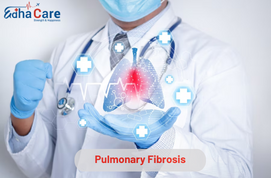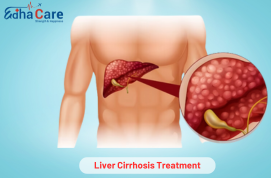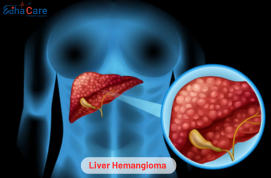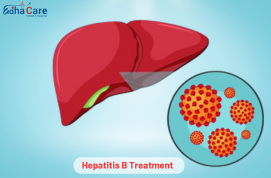Pulmonary Fibrosis

Pulmonary fibrosis is a disease where there is scarring of the lungs—called fibrosis—which makes it difficult to breathe. Inhaling hazardous chemicals can be one cause of pulmonary fibrosis. PF can also be caused by certain diseases, medication, and genetics. Most often the cause is unknown. This is called idiopathic pulmonary fibrosis (IPF). The course of pulmonary fibrosis — and the severity of symptoms — can vary considerably from person to person. Some people may experience a rapid worsening of their symptoms (acute exacerbation), such as severe shortness of breath, that may last for several days to weeks. People who have acute exacerbations may be placed on a mechanical ventilator.
Book an AppointmentAbout Pulmonary Fibrosis
Pulmonary fibrosis scars and thickens the tissue around and between the air sacs (alveoli) in your lungs. This makes it more difficult for oxygen to pass into your bloodstream. The damage can be caused by many different factors — including long-term exposure to certain toxins, certain medical conditions, radiation therapy and some medications. Many substances and conditions can lead to pulmonary fibrosis. Even so, in most cases, the cause is never found. Pulmonary fibrosis with no known cause is called idiopathic pulmonary fibrosis.
Signs and symptoms of pulmonary fibrosis may include:
- Shortness of breath (dyspnea)
- A dry cough
- Fatigue
- Unexplained weight loss
- Aching muscles and joints
- Widening and rounding of the tips of the fingers or toes (clubbing)
Procedure of Pulmonary Fibrosis
Some treatments may improve symptoms temporarily or slow the disease's progression. Others may help improve quality of life.
The types of treatments are mentioned below:
- Medications- Nintedanib can cause side effects such as diarrhea and nausea. Side effects of pirfenidone include rash, nausea, and diarrhea. Researchers continue to study medications to treat pulmonary fibrosis. Doctors may recommend anti-acid medications to treat gastroesophageal reflux disease (GERD), a digestive condition that commonly occurs in people with idiopathic pulmonary fibrosis.
- Oxygen Therapy- Using oxygen can't stop lung damage but it can make breathing and exercise easier. It will also reduce blood pressure on the right side of your heart. Additionally, it will enhance sleep and a sense of well-being.
- Pulmonary rehabilitation- This particular procedure can help you manage your symptoms and improve your daily functioning. Pulmonary rehabilitation programs focus on physical exercise to improve endurance, breathing techniques that may improve lung efficiency, nutritional counseling, and support.
- Lung Transplant- Lung transplantation may be an option for people with pulmonary fibrosis. Having a lung transplant can improve your quality of life and allow you to live a longer life. However, a lung transplant can involve complications such as rejection and infection.
Participating in a support group with people who have pulmonary fibrosis may be helpful. It can help to talk to other people who have had similar symptoms or treatments and discuss coping strategies.
Require Assistance?
Get A Quick Callback From Our Healthcare Experts






